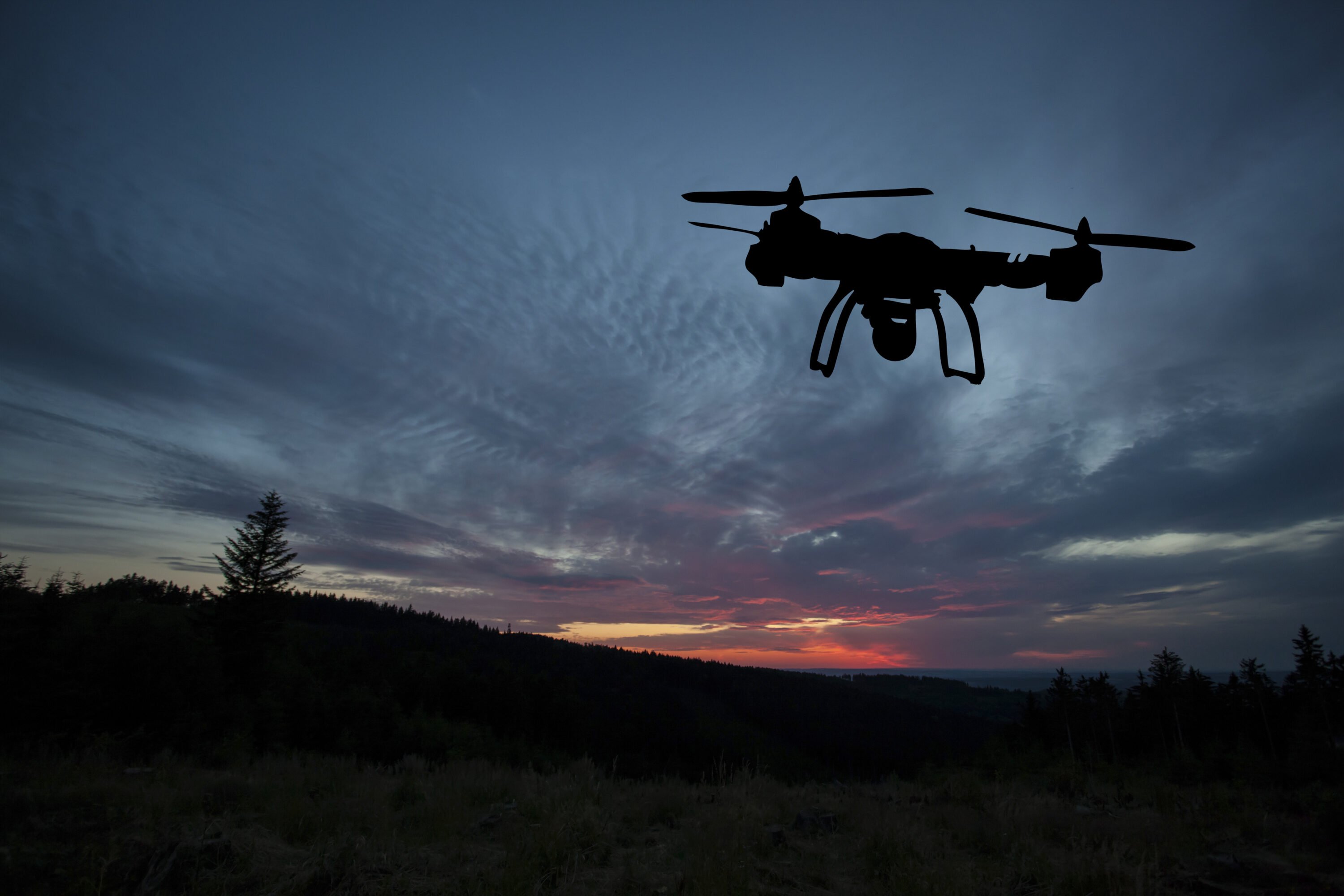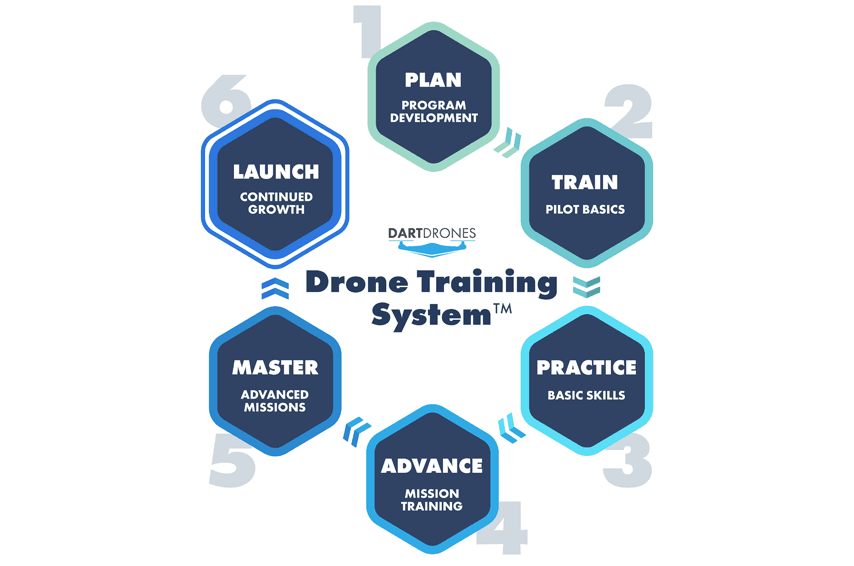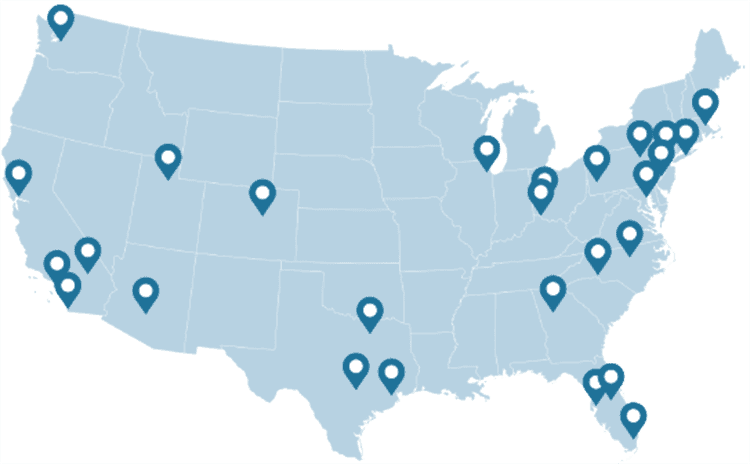
Part 108 Regulations Proposal: What Does It Mean?
Following delays, the FAA has released the much-anticipated Notice of Proposed Rulemaking (NPRM) for Part 108, which addresses Beyond Visual Line of Sight (BVLOS) operations within the National Airspace System (NAS). Many in the drone industry have been eagerly awaiting this critical step toward establishing a final rule, which is expected to positively impact the drone sector in the United States. Drones have significantly benefited various aspects of daily life globally, although many of these contributions go unnoticed until an incident involving a drone makes headlines. It is hoped that Part 108 will enhance our ability to provide services and support the growth of the drone industry in the future.
The NPRM was made available for public viewing on August 5th and was officially published in the Federal Register on August 7th. This release initiates a 60-day public comment period that will end on October 6th. It is important to note that the NPRM is not the final rule; rather, it offers us the opportunity to provide valuable feedback to the FAA to help shape its outcome. The President’s Executive Order No. 14307, issued on June 6th, 2025, stated that the final rule should be published within 240 days of that date. If this timeline remains on track, we can expect the final rule to be released in the first half of 2026. The NPRM consists of 731 pages, which contain a wealth of information and have sparked discussions within our community since its release. Although most of these discussions, comments, and posts have been constructive and positive, there has also been a significant amount of misinformation and confusion regarding the impact of Part 108. The following overview aims to clarify the key points of the NPRM as we navigate its detailed implications.
The FAA’s proposed regulations for BVLOS operations represent a significant initiative aimed at creating a comprehensive, performance-based framework for the safe integration of unmanned aircraft systems (UAS) into the National Airspace System (NAS). These regulations are designed to facilitate widespread BVLOS operations across various applications, such as efficient package delivery, innovative agricultural practices, and vital public safety operations, while moving away from the current waiver-based system.
A central aspect of this proposal is the introduction of a two-tier authorization system, which will provide permits for straightforward, low-risk operations and certifications for those that are at higher risk or more complex. The framework emphasizes thorough personnel training and establishes strict airworthiness standards that govern the design and production of UAS, ensuring the highest levels of safety and reliability. The proposal also includes the introduction of Automated Data Service Providers (ADSPs) to enhance traffic management and operational safety, supported by strong cybersecurity and data management protocols. Additionally, the regulations consider essential factors such as environmental sustainability, population density, and the safe transportation of hazardous materials. By fostering an ecosystem of flexibility and innovation, this proposal aims to balance safety, operational efficiency, and economic growth while promoting collaboration within the industry and driving technological advancements to new heights, thereby paving the way for widespread BVLOS operations in the National Airspace System.
As we approach this pivotal milestone for the future of UAS in the United States, our team remains focused on Part 108 to ensure that we continue to provide timely and professional training and consulting solutions. Below is a simplified breakdown of the key points, and we look forward to providing ongoing updates and more detailed insights in the future.
Key Features of the Proposed Rules
- Performance-Based Approach:
- The rules focus on outcomes rather than prescribing specific technologies, allowing flexibility for innovation.
- Operators must meet safety and operational standards tailored to their specific UAS and use cases.
- Two-Tier Authorization System:
- Operating Permits: For simpler, less hazardous operations
- Operating Certificates: For complex, more hazardous
- Personnel Requirements:
- Operators must designate roles like Operations Supervisors and Flight Coordinators to ensure safety.
- Training programs are required to ensure personnel understand airspace rules, weather impacts, and emergency procedures, along with the equipment and systems associated with their missions.
- Airspace and Operational Rules:
- UAS can operate in controlled and uncontrolled airspace but must stay below 400 feet above ground level (AGL).
- Operations over people are allowed but depend on population density and risk mitigation measures.
- Technology Standards:
- UAS must have features like anti-collision lighting and systems to avoid other aircraft.
- Remote identification is required to track UAS during operations.
- Automated Data Service Providers (ADSPs):
- ADSPs will manage data for BVLOS operations, such as traffic management and deconfliction.
- Providers must meet FAA certification standards to ensure reliability and safety.
- Cybersecurity and Privacy:
- Operators must implement cybersecurity measures to protect UAS systems from unauthorized access.
- Privacy safeguards are required to manage data collection and storage responsibly.
- Hazardous Materials:
- Rules allow for transporting hazardous materials under strict conditions, including specialized containers and risk assessments.
Benefits of the Proposed Rules
- Safety: Clear standards reduce risks to people, property, and other airspace users.
- Scalability: The framework supports large-scale operations, enabling industries like delivery and agriculture to expand.
- Economic Growth: Simplified processes encourage new entrants and innovation in the UAS market.







